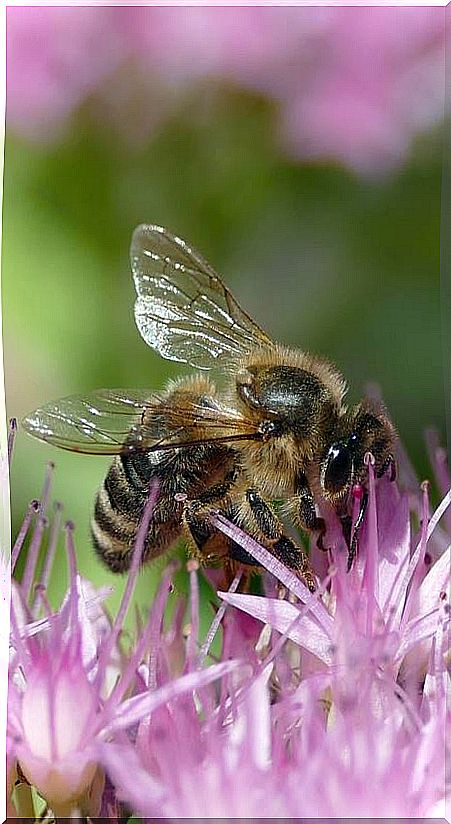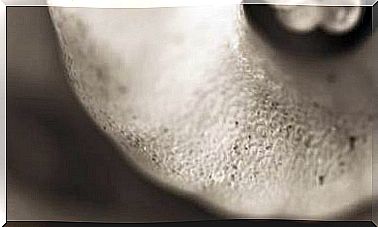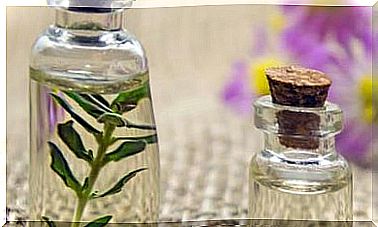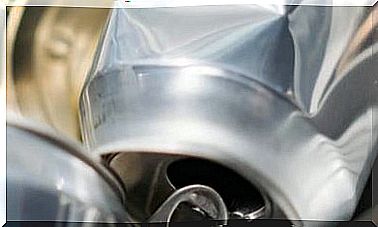Apis Mellifica: Most Common Indications (stings And Sun Allergy)
The homeopathic medicine Apis mellifica is indicated to treat insect bites and skin inflammations. Discover its properties.

Homeopathic medicines have multiple indications. It is the homeopathic doctor who, in view of the symptoms, reactions and constitution of the patient, decides which is the most appropriate. Apis mellifica excels at itchy and inflamed skin problems.
Apis mellifica for insect bites
In homeopathy, you can act against bites in two ways: preventing them or acting once they have occurred.
Apis mellifica is the homeopathic medicine indicated to treat insect bites, as long as they cause a pink edema (welt or wheal) that appears suddenly, with a burning or stinging sensation, and that improves with cold water, either with washing or with the application of ice.
Apis mellifica is used in general for any insect bite that causes edema with the above characteristics and that the itching improves with cold and worsens with heat.
The action of Apis mellifica 5 CH is fast but very short, so at the beginning even 3 granules can be taken every 15 or 30 minutes.
Later, they are spaced, as improvement is experienced. Subsequently, 3 to 5 granules are kept 3 times a day.
This same homeopathic remedy also exists in the form of a gel that relieves skin symptoms immediately.
On the other hand, for prevention Ledum palustre 5 CH is prescribed and 3 to 5 granules are taken administered twice a day.
Apis mellifica for allergy
When you suffer an allergic reaction, it is necessary to identify the responsible allergen in order to avoid it. The most common are found in the air and also in products that are applied to the skin or eyes. Symptoms can appear on the skin or respiratory system.
Apis mellifica 9CH is indicated when the reaction affects the eyes and causes edema of the eyelids and itching, symptoms that improve when applying cold.
In the treatment of entropion
Entropion is a pathology that occurs when the lower eyelid contracts towards the inside of the eye and facilitates the contact of the eyelashes with the cornea.
Scar entropions, which are the most common, require surgery. Spasmodics usually affect older people and are due to a spasmodic contracture of the orbicularis muscle in an eyelid with the muscle relaxed.
Apis mellifica 9 CH is useful when the eyelid is inflamed and improves with cold applications.
Apis mellifica for photodermatosis
Photodermatoses or sun allergies are a group of skin diseases characterized by an abnormal reaction to ultraviolet radiation.
Apis mellifica 15 CH is indicated when the allergy to the sun produces a rough skin (with hives and burning itching) and if the condition improves with the cold. 3 to 5 granules are taken several times in a row, until improvement occurs.
It must be ruled out that the reaction is due to another allergen, such as perfumes, drugs, cosmetics or synthetic fabrics.
In the treatment of infectious cellulitis
Infectious cellulitis, which has nothing to do with dimples on the thighs and buttocks, is an acute, diffuse and extensive inflammation of the tissues, characterized by redness of the skin, infiltration, pain to the touch and edema . It is potentially serious if the infection reaches the bloodstream, requiring urgent medical attention and treatment with antibiotics.
This infection is more frequently located in the lower extremities and is usually preceded by a skin disorder (skin trauma, ulcers, dermatitis, etc.). The skin appears red, hot, and edematous, with an infiltrated surface that makes it look like orange peel. Vesicles and bullae can form that rupture easily and may lead to episodes of fever, chills, tachycardia, or headaches.
Apis mellifica 9 CH is useful as a complementary medicine together with antibiotics in the initial phases to avoid complications, if there is significant edema and if the infection appears on the eyelids.
Take 5 granules at a rate of 4 to 6 times a day. The edema also improves noticeably with cold applications.









